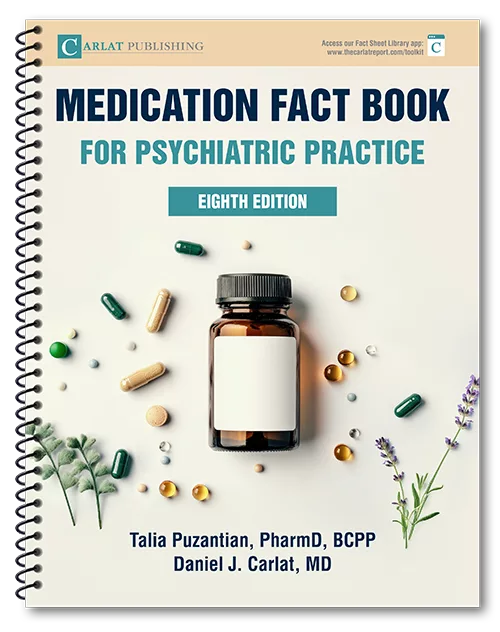Home » Real-World Alcohol Use Disorder Treatment
Real-World Alcohol Use Disorder Treatment

April 21, 2022
Carlat Total Access Subscriptions: Get access to every article on the website.
Recommended
Newsletters
Please see our Terms and Conditions, Privacy Policy, Subscription Agreement, Use of Cookies, and Hardware/Software Requirements to view our website.
© 2026 Carlat Publishing, LLC and Affiliates, All Rights Reserved.

_-The-Breakthrough-Antipsychotic-That-Could-Change-Everything.webp?t=1729528747)



